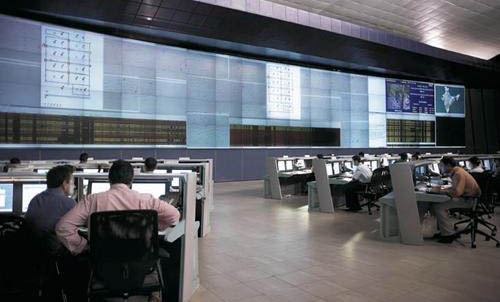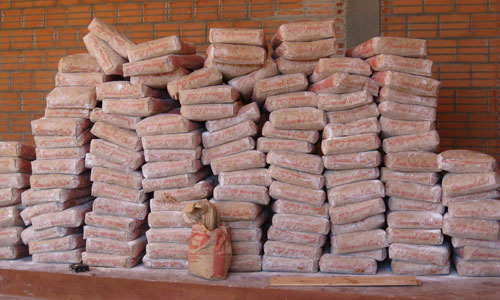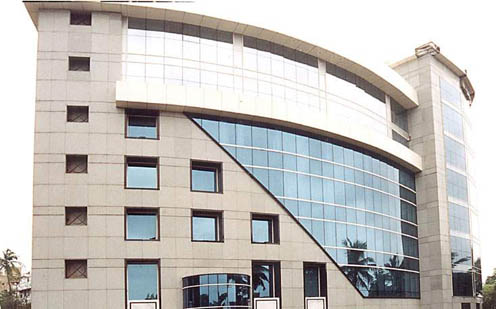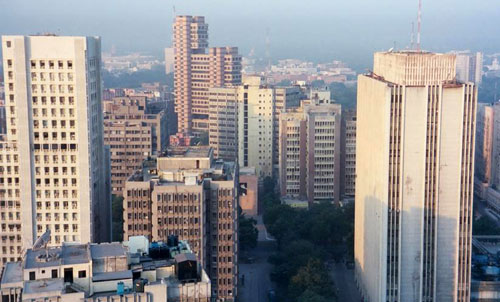
Track2Realty: Mumbai, the financial capital of India, continued its office expansion and reflected occupiers’ confidence during the year 2014. Followed by 10% in Q3, the take-up figures of office space for this city grew at 29% q-o-q (absolute terms) from 1.1 million sq. ft in Q3 to 1.42 million sq ft in Q4 2014. The office rentals stayed steady during second half of the year and experts predict a similar spectacle over the next few quarters in 2015.










